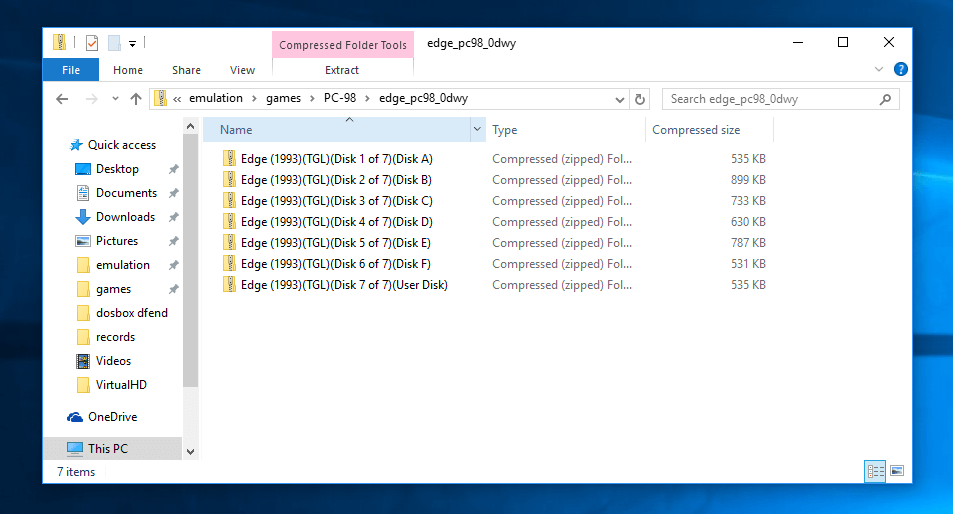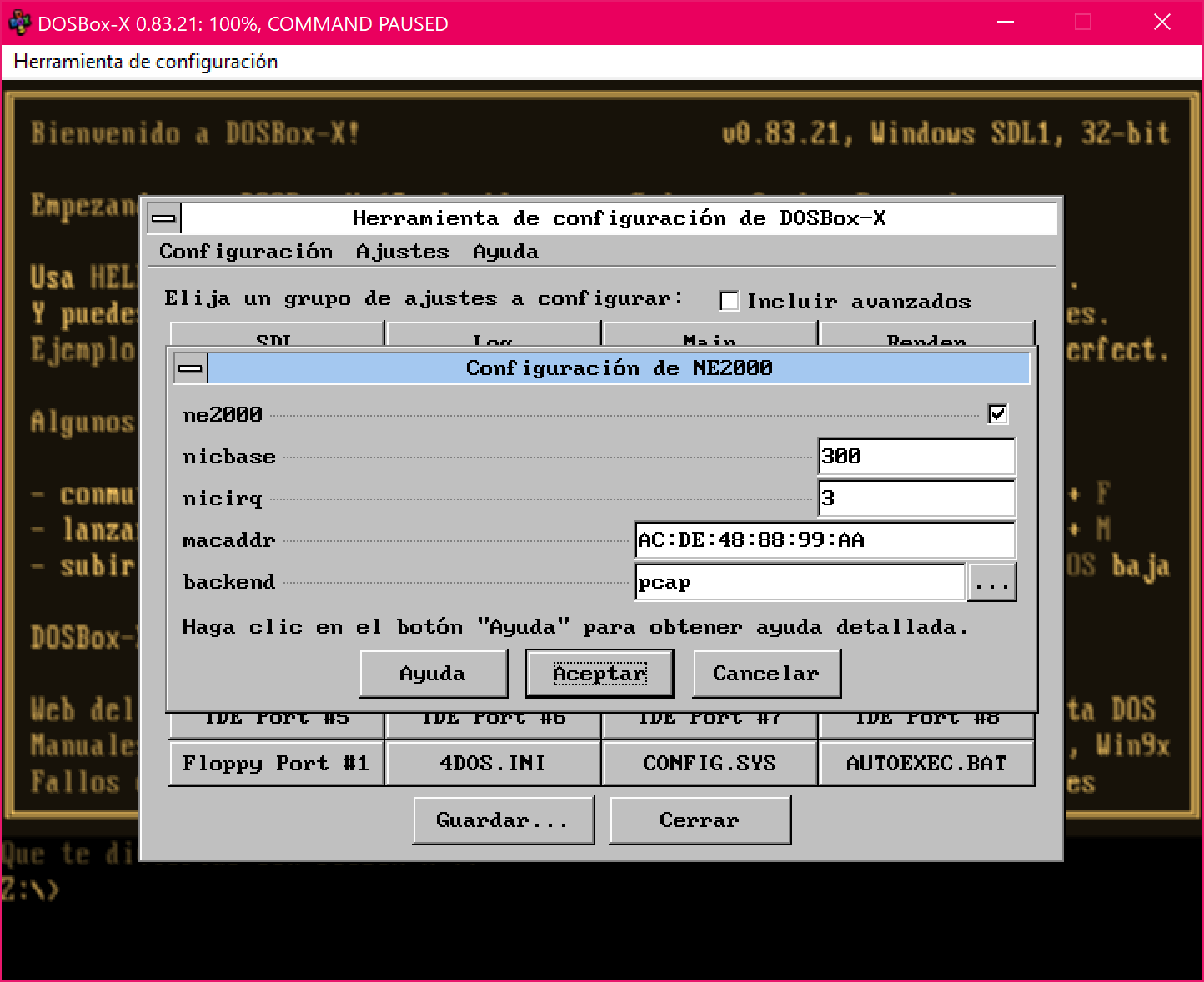

- Play pc 98 games on dosbox drivers#
- Play pc 98 games on dosbox full#
- Play pc 98 games on dosbox software#
Granted for Win 3.x, the Dos Extenders may well use Int 15 and KERNEL is probably asking DPMI about what it can get, however for Win 1/2, I suspect they do not use anything more than DOS calls.īasically both Win 1 and Win 2 are simply using normal DOS conventional memory, and for Win 2, it is additionally using EMS (plus the HMA if available).


Play pc 98 games on dosbox full#
Certainly the RM Nimbus PC-186 did, and RM did have the full Windows source code starting from Windows 1.0 pre-release onwards.īattler wrote:Considering the kernel of a PC version most likely uses, say, INT 15h calls to determine the memory size and so on, and these calls are completely different on non-PC-compatibles, I think the kernel needs changes too. have their own differences in both the interrupt vectors and the memory layout as well. I wouldn't be surprised if the Apricots, the Rainbows, etc. On a PC compatible, EMS pages generally go to segments D000-EFFF, which won't work on PC-98 since D000-DFFF are used for peripheral ROM's even on the earliest PC-98's and E000-EFFF is the graphics buffer (which is always available, even in text mode due to the overlay capability), while B000-CFFF are free, so that's where you'd put the EMS pages on a PC-98. At the very least, NEC needed to adapt the GDI to grab the font from the PC-98 Kanji font ROM for example, and all three modules also contain strings that may need to be localized.Įdit: And that's not to mention that the PC-98 memory map differs as well. What I'm driving at is that I doubt that MS supplied source to KERNEL/USER/GDI and hence the executable portions of those in a given (non PC compatible) platform would be as supplied by MS.ĭfawcus wrote:and that the actual executable portion would be identical to that provided by MS.Ĭonsidering the kernel of a PC version most likely uses, say, INT 15h calls to determine the memory size and so on, and these calls are completely different on non-PC-compatibles, I think the kernel needs changes too.Īt least the DOS versions also have changes in IO.SYS, MSDOS.SYS, and COMMAND.COM to, in the case of PC-98 version, use INT 18h and port I/O for video and keyboard instead of INT 10h and INT 16h, and so on.Īlso, I am quite sure the KERNEL/USER/GDI sources were provided as well. In the case of a non PC compatible Windows 3 distribution, it would also be possible for the VXDs in the VMM bundle to be platform specific. Requiring a program to rip apart those files, and reassemble the individual input files.Įven then I suppose it would be possible that MS supplied any given OEM with an interim build of the product, and they could have shipped based upon that. If however, like in the Apricot case, they instead supplied the WINx00.BIN/WINx00.OVL files, it would be a bit more difficult to establish. So if a given system specific version came supplied with the individual files for which one had to run the setup utility, this supposition of mine shouldn't be too hard to prove. I'd guess that any changes to KERNEL, USER, GDI would be restricted to the resources part of the file, and that the actual executable portion would be identical to that provided by MS.
Play pc 98 games on dosbox software#
Well, I don't know exactly how they differed, but given the software architecture, I'd expect the changes to be (largely) confined to the drivers.
Play pc 98 games on dosbox drivers#
But I am not sure only the drivers differ. Battler wrote:- dfawcus: Well, Windows 1.0x and 2.0x also ran on PC-98 and PC-186 (and 3.x also on FM-Towns), none of which are PC compatible.


 0 kommentar(er)
0 kommentar(er)
